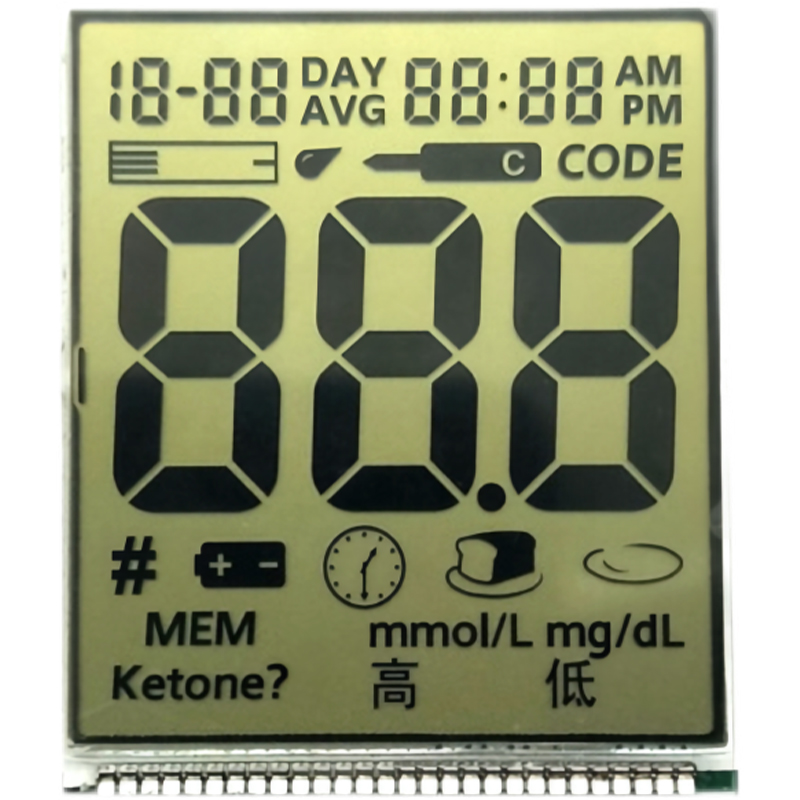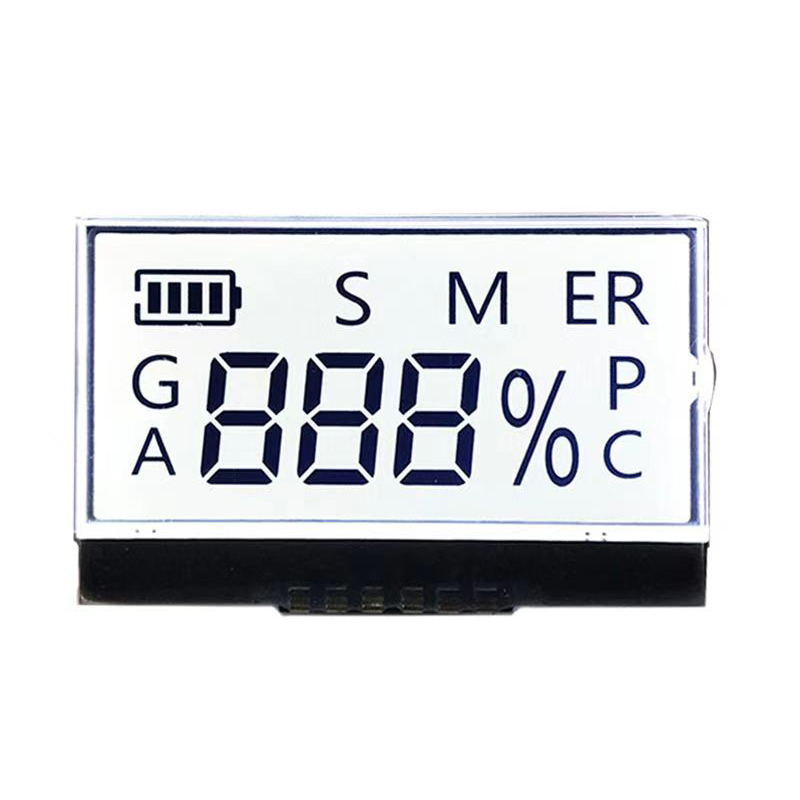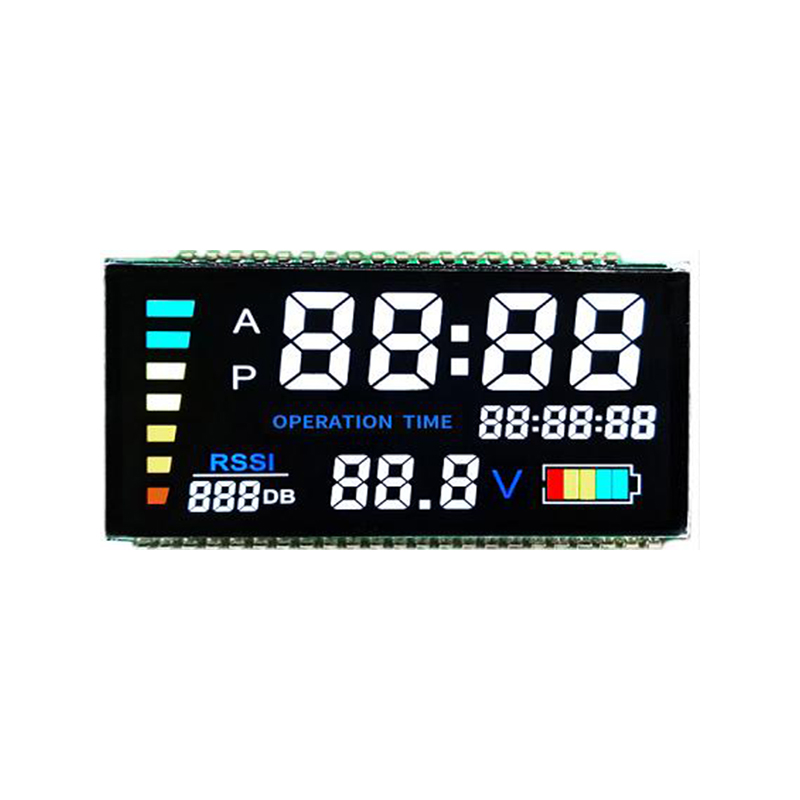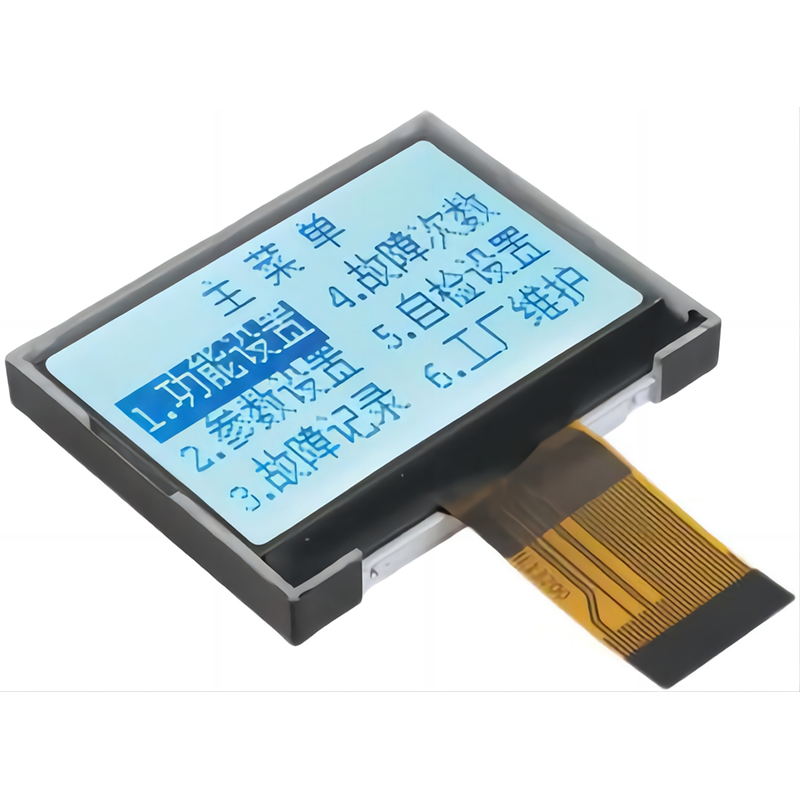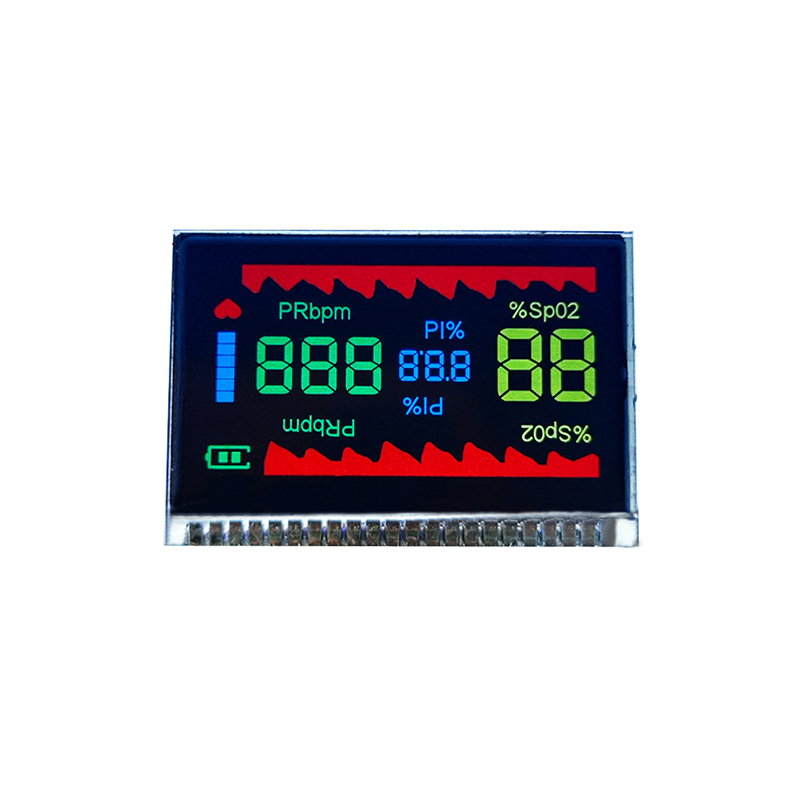
Choosing the right display technology for your project can be challenging. This guide delves into the specifics of 1.5 inch OLED displays, providing a comprehensive overview for designers, engineers, and anyone seeking information on this increasingly popular display size. We'll explore the advantages and disadvantages, common applications, and key specifications to consider.
OLED (Organic Light-Emitting Diode) technology offers several key advantages over traditional LCD displays, particularly in smaller sizes like 1.5 inch OLED displays. These advantages include superior contrast ratios, deeper blacks (due to self-emissive pixels), wider viewing angles, and faster response times. The smaller size makes them ideal for a variety of applications, from wearables to industrial equipment.
When selecting a 1.5 inch OLED display, several crucial specifications need careful consideration:
The compact size and high-quality visuals of 1.5 inch OLED displays lend themselves to a diverse range of applications:
Several reputable manufacturers produce high-quality 1.5 inch OLED displays. Research is crucial to finding the right one for your needs. Consider factors such as the manufacturer's reputation, the availability of technical support, and lead times.
For high-quality OLED display solutions, consider exploring options from reputable suppliers like Dalian Eastern Display Co., Ltd.. They offer a wide range of displays tailored to meet diverse application needs. Their expertise in this area is noteworthy.
| Advantages | Disadvantages |
|---|---|
| Superior contrast ratio | Higher cost compared to LCD |
| Excellent black levels | Potential for burn-in (though less prevalent in modern displays) |
| Wide viewing angles | Lower brightness compared to some LCDs (depending on the specific model) |
| Faster response times | More susceptible to damage than LCDs |
1.5 inch OLED displays offer a compelling blend of size, performance, and visual quality. By carefully considering the key specifications and application requirements, you can select the ideal display for your project. Remember to research manufacturers thoroughly and compare features before making a final decision. The right display can greatly enhance your product's functionality and user experience.

